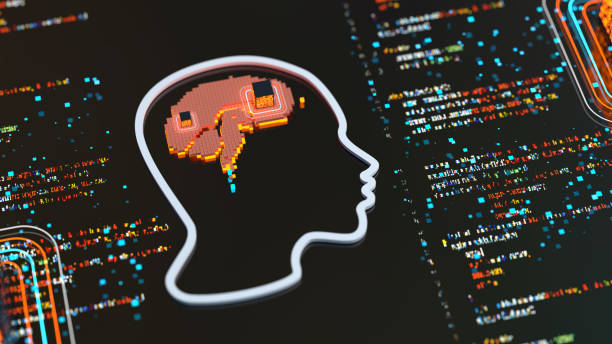What is an AI robot? Definition and Concept

What is an AI Robot? Definition and Concept
#Artificial_Intelligence (AI) is rapidly advancing, and one of its most fascinating manifestations is the AI robot. But what exactly is an AI robot? Simply put, an AI robot is a physical or virtual agent that uses artificial intelligence to perform automated tasks.
These tasks can range from very simple ones like answering frequently asked questions to very complex ones like driving an autonomous vehicle.
The main difference between an AI robot and traditional robots lies in its ability to learn and adapt to new conditions.
Traditional robots operate based on predefined programs, while an AI robot, using machine learning algorithms, can learn from data and improve its performance.
To better understand, an AI robot can be imagined as a mobile “brain” capable of problem-solving, decision-making, and interacting with its surroundings.
The use of AI robots in various industries has led to increased productivity and reduced costs.
For example, robots used in factory production lines are an example of AI robot applications.
Does your company’s website create a professional and lasting first impression on potential customers? Rasweb, with its professional corporate website design, not only represents your brand’s credibility but also opens a path for your business growth.
✅ Create a powerful and trustworthy brand image
✅ Attract target customers and increase sales
⚡ Get free consultation
Types of AI Robots Based on Application
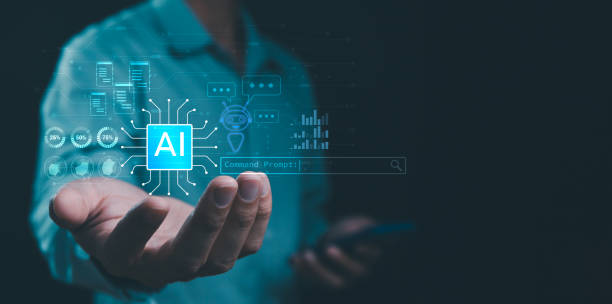
Types of AI Robots Based on Application
AI robots are divided into different categories based on their applications.
This categorization helps us better understand the diversity and capabilities of this technology.
One important category is chatbots, which are used for interacting with customers on websites and applications.
These robots, using Natural Language Processing (NLP), can understand user questions and provide appropriate answers.
Another category is industrial robots, which are employed in factories and production lines to perform repetitive and dangerous tasks.
These robots usually have robotic arms that can pick up, move, and assemble objects.
Additionally, there are service robots used in various environments such as hospitals, hotels, and restaurants to provide services to customers.
These robots can serve food, clean rooms, and provide necessary information to customers.
Highly intelligent AI robots are increasingly entering our lives.
In addition to these categories, there are also explorer robots used for exploring dangerous and unknown environments such as deep seas and space.
These robots are equipped with advanced sensors and automatic navigation systems that allow them to continue their activities in harsh and difficult conditions.
Advantages of Using AI Robots in Various Industries

Advantages of Using AI Robots in Various Industries
The use of AI robots in various industries offers numerous advantages.
One of the most important benefits is increased productivity and reduced costs.
An AI robot can work 24/7 without fatigue, which leads to increased production and reduced project completion times.
Furthermore, an AI robot can automatically perform repetitive and tedious tasks, allowing human employees to focus on more complex and creative duties.
In addition, an AI robot can enhance the accuracy and quality of work.
By using advanced sensors and precise algorithms, an AI robot can reduce errors and deliver better results.
For example, in the medical industry, an AI robot can assist doctors with high accuracy in diagnosing diseases and performing surgeries.
Another significant advantage is improved safety in the workplace.
An AI robot can perform dangerous and high-risk tasks instead of humans, which leads to a reduction in accidents and occupational injuries.
For example, in the mining industry, an AI robot can be used for extracting minerals in hazardous environments.
| Industry | AI Robot Application |
|---|---|
| Manufacturing | Production line automation, quality control |
| Medicine | Disease diagnosis, robotic surgery |
| Customer Service | Answering questions, online support |
Challenges Ahead for AI Robot Development

Challenges Ahead for AI Robot Development
Despite numerous advantages, the development of AI robots also faces challenges.
One of the most significant challenges is the high cost of developing and deploying this technology.
AI robots require substantial investment in research and development, hardware, and software.
Furthermore, maintaining and updating AI robots can also be costly.
Another challenge involves the ethical and social issues associated with AI robots.
With the increasing power and autonomy of AI robots, questions arise regarding accountability, privacy, and security.
For example, if an AI robot causes an accident, who will be responsible? Or how can misuse of AI robots for illegal purposes be prevented?
Additionally, there are concerns about the impact of AI robots on the job market.
With the automation of many tasks by AI robots, there is a possibility of job loss for some individuals.
To address this challenge, there is a need for training and retraining the workforce and creating new job opportunities in fields related to AI robots.
Does your company’s website perform as well as your brand deserves? In today’s competitive world, your website is your most important online tool. Rasweb, an expert in professional corporate website design, helps you to:
✅ Gain credibility and customer trust
✅ Convert website visitors into customers
⚡ Get a free consultation!
Impact of AI Robots on Future Employment
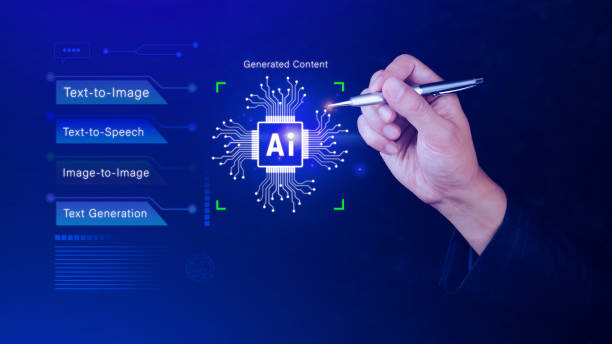
Impact of AI Robots on Future Employment
AI robots will significantly impact the future of employment.
Some jobs will disappear due to automation by AI robots, while new jobs will emerge in areas related to the design, development, maintenance, and management of AI robots.
For example, jobs such as production line operator, taxi driver, and office clerk are likely to be affected by automation.
On the other hand, jobs such as AI engineer, data scientist, and cybersecurity specialist will become more important.
To prepare for the future of employment in the age of AI robots, individuals must acquire new skills and continuously update their knowledge.
Important skills include critical thinking, problem-solving, creativity, communication, and collaboration.
Furthermore, familiarity with basic concepts of artificial intelligence and machine learning will also be essential for many jobs.
Changes and developments in this field happen very quickly, and continuous learning can be the key to success.
AI Robots and Ethics: Important Considerations
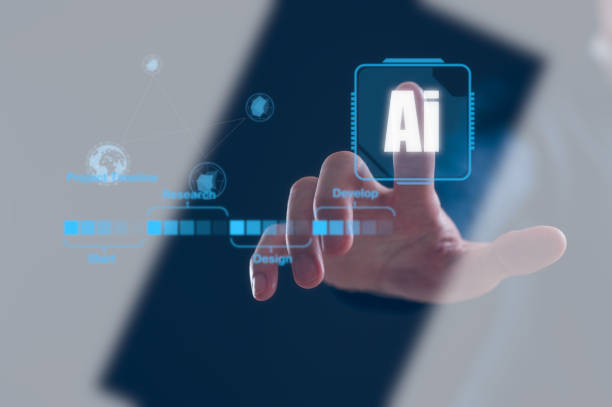
AI Robots and Ethics: Important Considerations
The development of AI robots raises important ethical considerations that must be addressed.
One of the most significant considerations is accountability.
If an AI robot causes an accident, who will be responsible? Is it the developer, the manufacturer, the user, or the robot itself? To answer this question, there is a need to establish laws and regulations that define accountability for the actions of AI robots.
Privacy is also another critical issue.
AI robots often collect and process a lot of personal information.
How can individuals’ privacy be protected against the misuse of this information?
Impartiality and justice are also important ethical considerations.
AI robots should be designed to operate without discrimination and based on principles of justice.
AI algorithms may contain biases that lead to unfair decisions.
To prevent this, training data and AI algorithms must be carefully reviewed and corrected.
Transparency is also a fundamental principle.
It should be clear how an AI robot works and what decisions it makes.
This allows individuals to better understand the performance of the AI robot and, if necessary, to raise objections.
The Future of AI Robots: Predictions and Possibilities
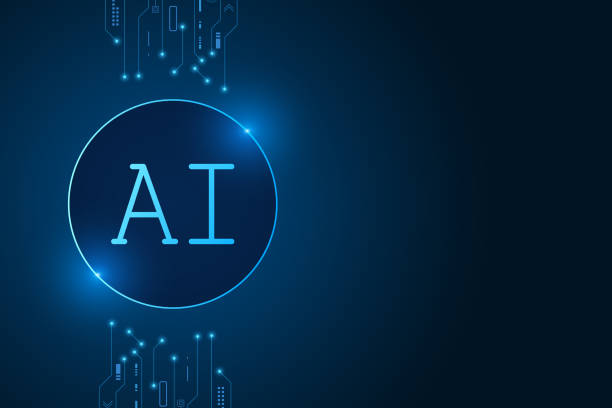
The Future of AI Robots: Predictions and Possibilities
The future of AI robots is very bright and full of possibilities.
It is predicted that in the future, AI robots will play a more significant role in our lives and will be used in various fields such as healthcare, education, transportation, manufacturing, and customer service.
With technological advancements, AI robots will be able to perform more complex tasks and interact more effectively with humans.
One prediction is the development of AI robots with advanced cognitive capabilities.
These robots will be able to solve problems more creatively, make better decisions, and empathize with human emotions.
Furthermore, it is expected that AI robots will be widely used in homes and workplaces.
Domestic AI robots can assist people with daily tasks, care for children and the elderly, and ensure home security.
Office AI robots can automate administrative tasks, schedule meetings, and respond to customers.
| Field | Prediction |
|---|---|
| Healthcare | More accurate disease diagnosis, advanced robotic surgeries |
| Education | Personalized education systems, virtual teachers |
| Transportation | Autonomous vehicles, smart traffic management systems |
AI Robots in Iran: Opportunities and Challenges
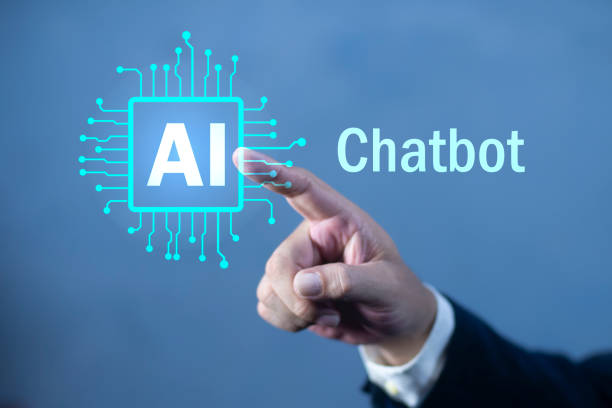
AI Robots in Iran: Opportunities and Challenges
The development of AI robots in Iran presents many opportunities for economic and social growth and development.
Iran has a young and educated workforce that can be active in various fields of artificial intelligence.
Furthermore, Iran possesses relatively suitable infrastructure in information and communication technology that can aid the development of AI robots.
Among the opportunities facing the country are the use of AI robots in the agricultural sector to increase productivity and reduce water consumption, the use of AI robots in the industrial sector for automating production lines and improving product quality, and the use of AI robots in the healthcare sector for more accurate disease diagnosis and better patient services.
However, the development of AI robots in Iran also faces challenges.
One of the most significant challenges is the lack of financial resources and investment in AI research and development.
Additionally, Iran faces economic sanctions that restrict access to advanced technologies.
Furthermore, a shortage of experienced specialists and experts in the field of artificial intelligence is also a serious challenge.
To overcome these challenges, there is a need for government support for AI research and development, attracting foreign investment, and training experienced specialists and experts in this field.
Iran Tracking, as an active platform in technology, can play an important role in the development of this sector.
Are you tired of losing customers due to poor e-commerce website design? With Rasweb, solve this problem forever!
✅ Increase sales and visitor-to-customer conversion rate
✅ Smooth and attractive user experience for your customers⚡ Get free consultation
How to Build an AI Robot: A Step-by-Step Guide
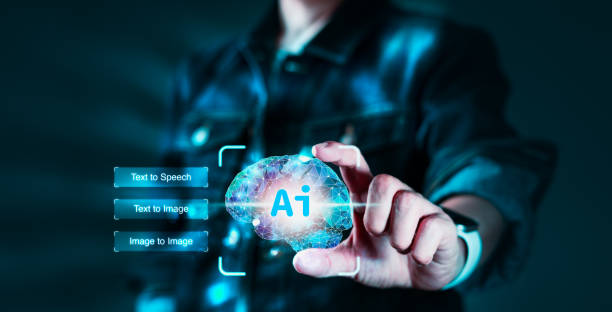
How to Build an AI Robot: A Step-by-Step Guide
Building an AI robot can be an exciting and challenging project.
This process involves various steps that must be carefully followed.
The first step is to define the goal and application of the AI robot.
You need to determine what your AI robot is supposed to do and what problem it will solve.
For example, do you want to build a chatbot to answer customer questions or an industrial robot to perform repetitive tasks in a factory? After defining the goal, you need to collect the necessary data.
An AI robot needs data to learn and improve its performance.
This data can include text, images, audio, or video.
Next, you need to choose appropriate AI algorithms.
Depending on the application, various algorithms are available for you to use.
For example, to build a chatbot, you can use Natural Language Processing (NLP) algorithms.
For building an industrial robot, you can use Reinforcement Learning algorithms.
After selecting the algorithms, you need to implement and train them.
For this, you can use programming languages like Python and AI libraries such as TensorFlow and PyTorch.
Finally, you need to test and evaluate your AI robot.
You must check if the AI robot is functioning correctly and if it has achieved its intended goal.
If necessary, you should adjust the algorithms and parameters of the AI robot to improve its performance.
Resources for Learning AI Robots: Books, Courses, and Websites
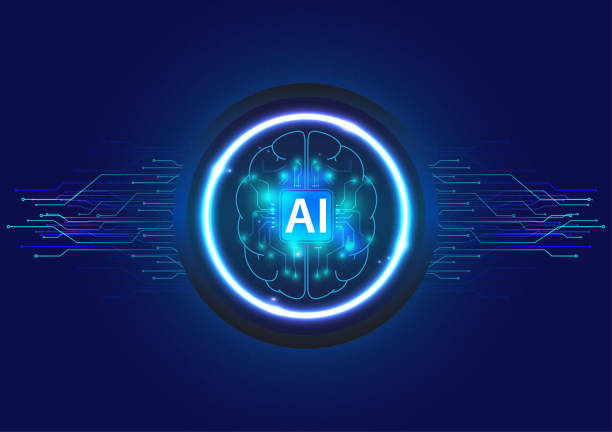
Resources for Learning AI Robots: Books, Courses, and Websites
Various resources are available for learning about AI robots.
Books, courses, and websites can help you in this field.
Some reputable books in artificial intelligence include “Artificial Intelligence: A Modern Approach” by Stuart Russell and Peter Norvig, “Deep Learning” by Ian Goodfellow, Yoshua Bengio, and Aaron Courville, and “Machine Learning Algorithms” by Stephen Marsland.
These books comprehensively cover the fundamental concepts of artificial intelligence and machine learning.
Online courses are also an excellent way to learn about AI robots.
Educational platforms like Coursera, edX, and Udacity offer various courses in artificial intelligence that you can utilize.
Some popular courses include “Machine Learning” by Andrew Ng on Coursera and “Deep Learning” by the Deeplearning.ai team on Coursera.
Furthermore, various websites provide useful information and resources on AI robots.
Websites like Towards Data Science, Analytics Vidhya, and Medium publish diverse articles and tutorials on artificial intelligence and machine learning.
Additionally, the official websites of AI libraries such as TensorFlow and PyTorch are valuable resources for learning and using these libraries.
Frequently Asked Questions
| Row | Question | Answer |
|---|---|---|
| 1 | What is an AI robot? | An AI robot is a machine capable of understanding, reasoning, learning, and problem-solving, and can perform complex tasks with relative autonomy. |
| 2 | What are the most important applications of AI robots? | Key applications include industrial manufacturing, customer services (chatbots), medicine and surgery, autonomous transportation, space exploration, and military affairs. |
| 3 | What is the main difference between an AI robot and a regular robot? | A regular robot only follows programmed instructions, whereas an AI robot can learn from data, make decisions, and adapt itself to new environments. |
| 4 | How do AI robots learn? | They identify patterns and improve their performance through machine learning algorithms (such as deep learning, reinforcement learning) and processing vast amounts of data. |
| 5 | Can AI robots have emotions? | Currently, AI robots do not have real emotions in the human sense. They can imitate or recognize emotions, but they do not understand or experience them. |
| 6 | What are the current limitations of AI robots? | Limitations include the need for large amounts of data, inability to understand abstract concepts, lack of true creativity, ethical issues, and generalization challenges in new environments. |
| 7 | What is the role of AI in the development of humanoid robots? | AI helps humanoid robots to walk, maintain balance, understand their surroundings, interact with humans, and perform complex tasks. |
| 8 | How is the future of AI robots predicted? | It is predicted that AI robots will become smarter, more autonomous, and capable of performing more complex tasks in daily life and industry, and their interaction with humans will increase. |
| 9 | Can AI robots replace all human jobs? | It is unlikely that all human jobs will be replaced. Robots will take over many repetitive and dangerous tasks, but jobs requiring creativity, empathy, and ethical judgment will remain. |
| 10 | What ethical and social challenges arise with the expansion of AI robots? | Challenges include issues related to privacy, data security, ethical decision-making by robots, impact on employment, and accountability in case of errors. |
And other advertising agency services by Rasweb in the field of advertising
- Smart Content Strategy: A novel service for increasing online growth through precise audience targeting.
- Smart Marketplace: A fast and efficient solution for increasing website traffic with a focus on intelligent data analysis.
- Smart Content Strategy: A novel service for increasing website traffic through intelligent data analysis.
- Smart Advertising Campaign: A combination of creativity and technology for online growth through custom programming.
- Smart UI/UX: Designed for businesses seeking to increase click-through rates through SEO-driven content strategy.
And hundreds of other services in internet advertising, advertising consultation, and organizational solutions
Internet Advertising | Advertising Strategy | Advertorial
Sources
Introduction to AI Robots – DigiatoApplications of AI Robots – ZoomitThe Future of AI Robots – IRIB News AgencyAI Robot Guide – ISNA
? Rasweb Afarin, a leading digital marketing agency, paves the way for your business’s success. From professional e-commerce website design to comprehensive SEO strategies, we are ready to distinguish your brand in the online space and elevate it to its peak.
📍 Tehran, Mirdamad Street, next to Bank Markazi, Kazeroun Jonoubi Alley, Ramin Alley, Plaque 6

